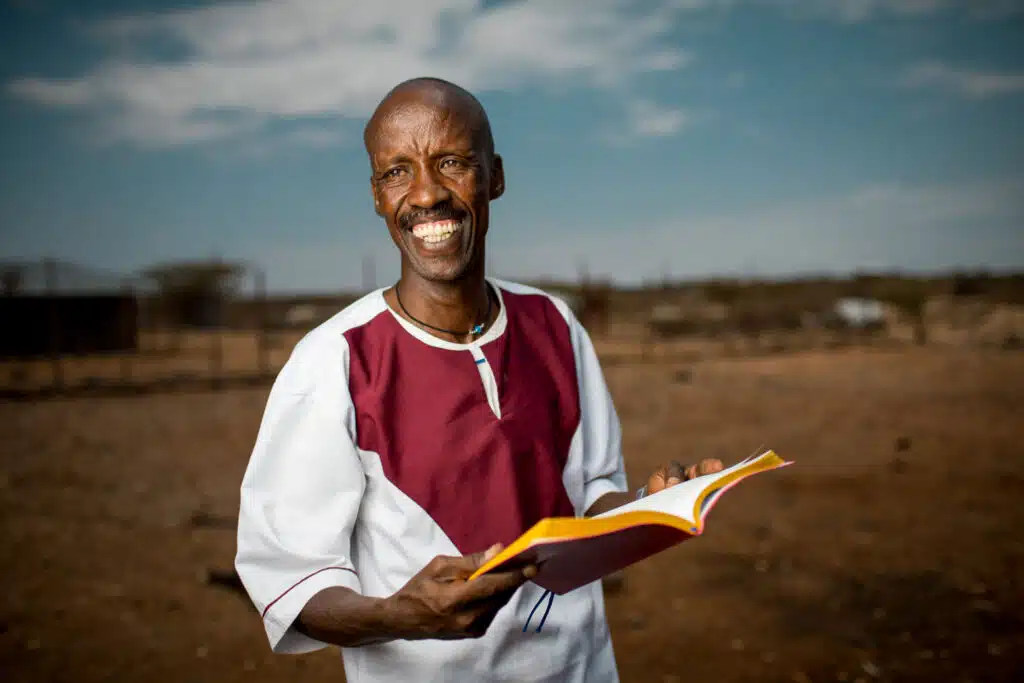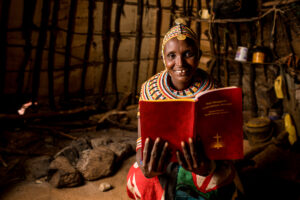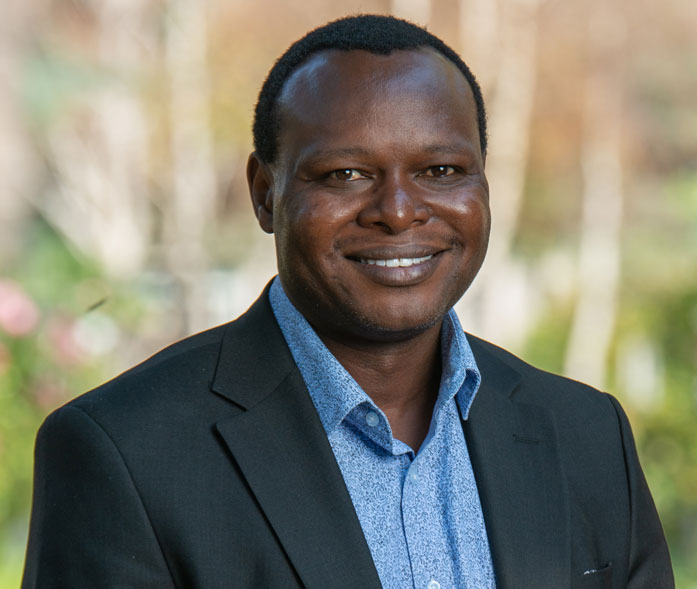The three surprising steps that turn blank pages into a life-changing treasure.

“I’ve received gold!” — Kenyan man holding his translated Bible for the first time
When people get access to Scripture in their heart language, they are given a treasure: the opportunity to encounter the author of life in His Word.
But how do we get there? How do we go from blank pages to translated verses that convey God’s heart for the world in words and formats people can understand? There is no one-size-fits-all approach to Bible translation because each language group and culture is unique.
But for every translation project Seed Company partners in, three things are true.
1. Locals Take Ownership
Translation is most effective and impactful when locals—those who know their own languages and cultures best—are integrally involved in the work. When a translation project begins, Seed Company teams up with global partners to equip leaders and translators on the ground.
Every time, God directs the steps of His people. Local churches provide resources and encouragement. Community members test translations for clarity and provide feedback to project staff. Christians grow in their understanding of the gospel and look for ways to share it with others. And when the project is complete, the community can be proud of the final product, which means the translation doesn’t just sit on shelves but is used and cherished for years to come.
2. The Work Is Complex and Dynamic
Even with local resources, translation work is complex. To begin, teams need to decide on the best translation formats for their community (Bible stories, oral translation, audio recording, video, print, digital—or some combination of these), develop an orthography (a set of writing conventions) if necessary, and attend training.
Translators also have the difficult job of choosing clear, natural language that their people use every day while staying true to the original texts. In drafting and editing a translation, they grapple with questions of biblical interpretation, word choice, and cultural context, internalizing the meaning of Scripture to communicate it effectively.
And while parts of the process have remained the same for years, technological advances like artificial intelligence are improving workflows and speeding up translation without sacrificing quality. Twenty years ago, it took 15 to 20 years to translate the New Testament. Today, it can take as few as six, according to Seed Company projections.
3. It’s a Miracle Every Time
Bible translation is ministry. Oftentimes, those involved in the work face spiritual warfare on top of translation challenges. They navigate health issues, technological difficulties, relational dysfunction, or civil unrest and persecution. Yet the process continues; God works through the faithfulness of people around the globe to bring His Word to those still waiting for it.
And when the work is done, what comes next is more precious than gold: A new translation is dedicated by a language community, like this one, celebrating God’s Word and honoring the One who goes to great lengths to speak to the hearts of people everywhere.
Still curious? Read more details about the Bible translation process.

























